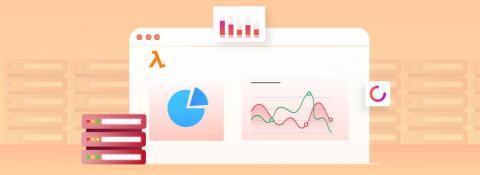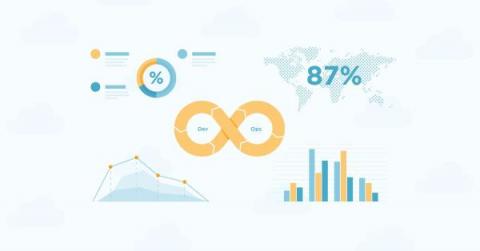Operations | Monitoring | ITSM | DevOps | Cloud
Latest News
Escaping Cloud Jail
Cloud costs are spiraling out of control at companies of all sizes. Here’s how to not let your cloud infrastructure costs handcuff your business.
What's New in the Kubernetes 1.28 Second Release
From its humble beginnings, Kubernetes’ growth story continues to be a testament to the power of open-source collaboration, and its current 1.28 second release is certainly no exception. It’s not just a product of ingenious coding but also the sweat and night oil of a global community – from seasoned industry stalwarts to students just making their debut in the open-source world.
Introduction to Azure Files Backup
Azure Files is Microsoft’s robust file storage solution, offering the ability to access data seamlessly from various locations using standard protocols. But in the world of IT, where data is the heartbeat of operations, its safety is paramount. That’s where Azure Files Backup comes into play. In a digital era, where data loss can spell catastrophe, backing up your valuable files is more than a best practice; it’s a necessity.
4 Tips for AWS Lambda Performance Optimization
By the end of this AWS Lambda optimization article, you will have a workflow of continuously monitoring and improving your Lambda functions and getting alerts on failures. Serverless has been the MVP for the last couple of years and I’m betting it’s going to play a bigger role next year in backend development. AWS Lambda is the most used and mature product in the Serverless space today and is also at the core of Dashbird.
Top 4 best practice recommendations to reimagine AWS Lambda monitoring
AWS Lambda monitoring best practices Site24x7's AWS monitoring tool for AWS Lambda enhances real-time visibility into your Lambda functions. It monitors the health, efficiency, and log details of your Lambda functions. Site24x7 provides effective management of serverless operations by gathering statistics on function engagement, code execution duration, and anomalies, enhancing the performance of your AWS serverless functions.
21+ Stunning FinOps Statistics You Need To Read
AZcopy and GDPR compliance
In today’s data-driven world, managing information is more crucial than ever. With the constant flow of data, both individuals and organizations are increasingly concerned about privacy and security. The General Data Protection Regulation (GDPR) has emerged as a key legislative framework in the European Union to protect citizens’ personal data. But how does this relate to the tools we use to manage and transfer data, like Microsoft’s AzCopy?











